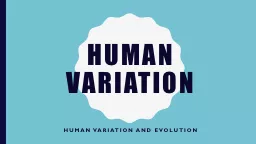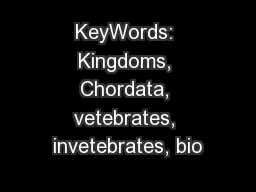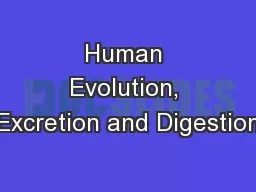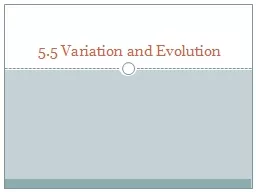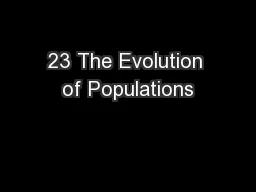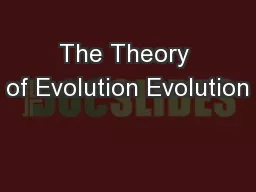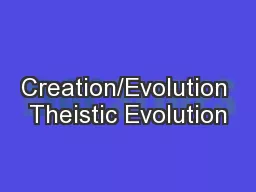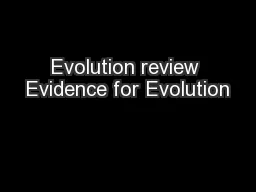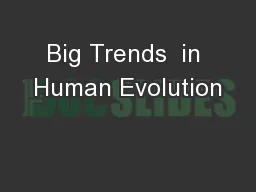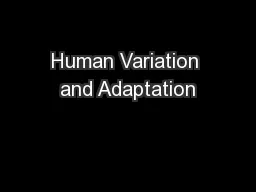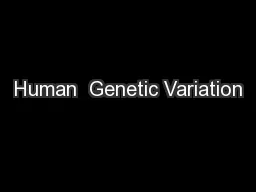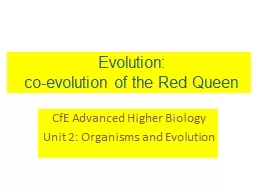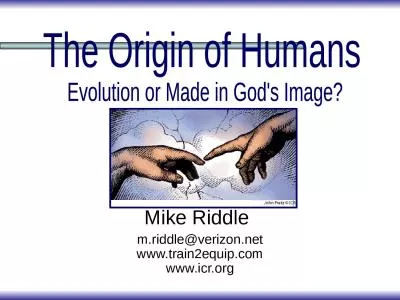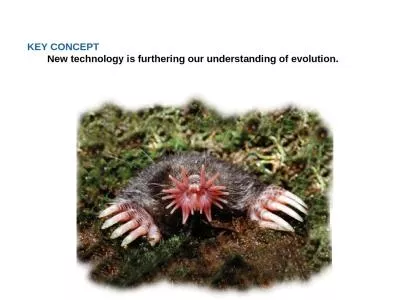PPT-Human variation Human variation and evolution
Author : Smoke-Fire | Published Date : 2022-08-03
Human variation defined Human variation refers to the fact that there are a range of possible values for each of the numerous physical characteristics of human
Presentation Embed Code
Download Presentation
Download Presentation The PPT/PDF document "Human variation Human variation and evol..." is the property of its rightful owner. Permission is granted to download and print the materials on this website for personal, non-commercial use only, and to display it on your personal computer provided you do not modify the materials and that you retain all copyright notices contained in the materials. By downloading content from our website, you accept the terms of this agreement.
Human variation Human variation and evolution: Transcript
Download Rules Of Document
"Human variation Human variation and evolution"The content belongs to its owner. You may download and print it for personal use, without modification, and keep all copyright notices. By downloading, you agree to these terms.
Related Documents

